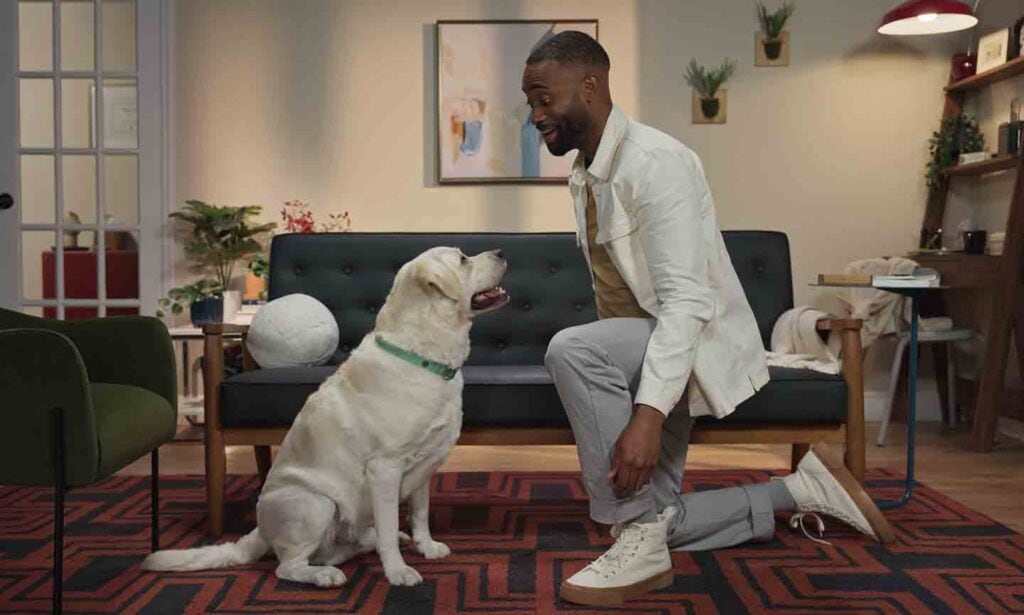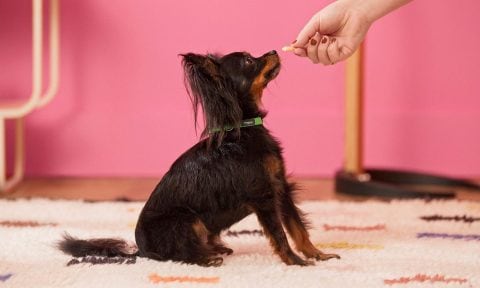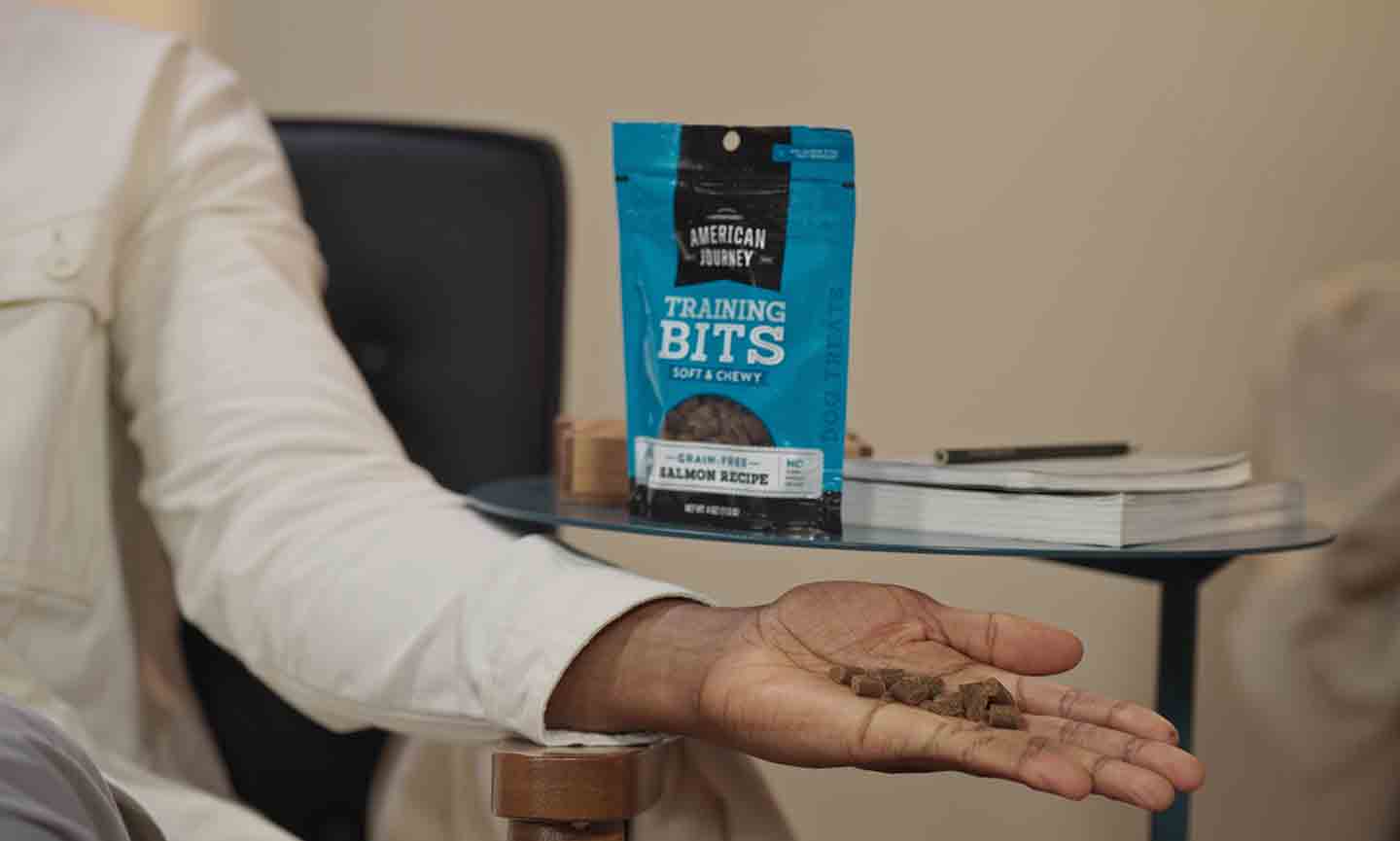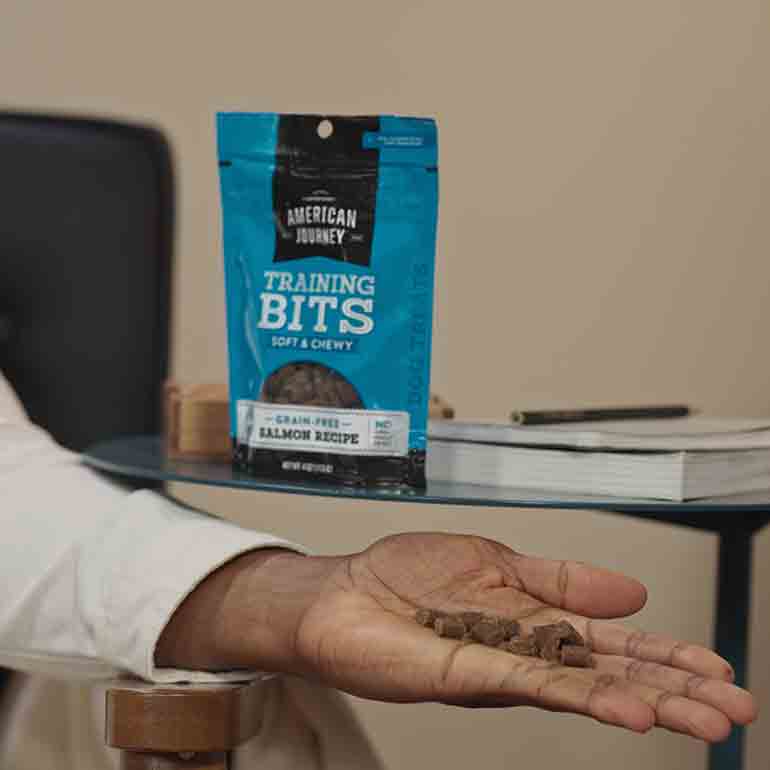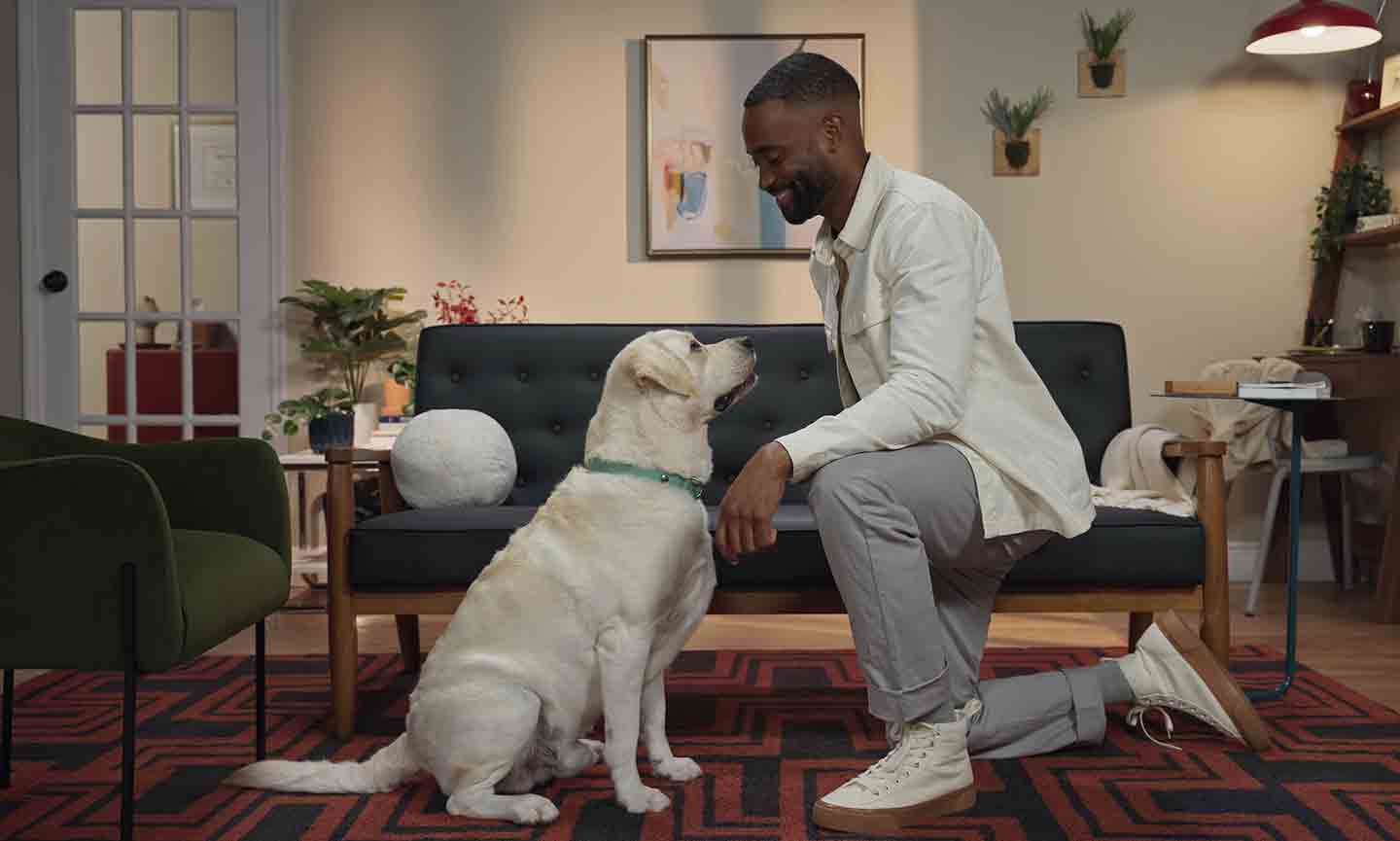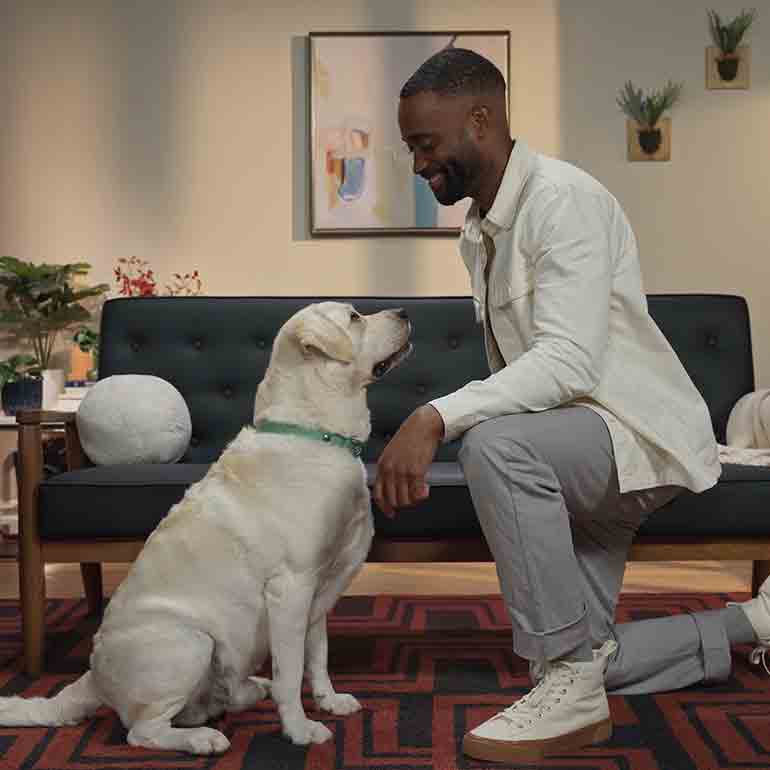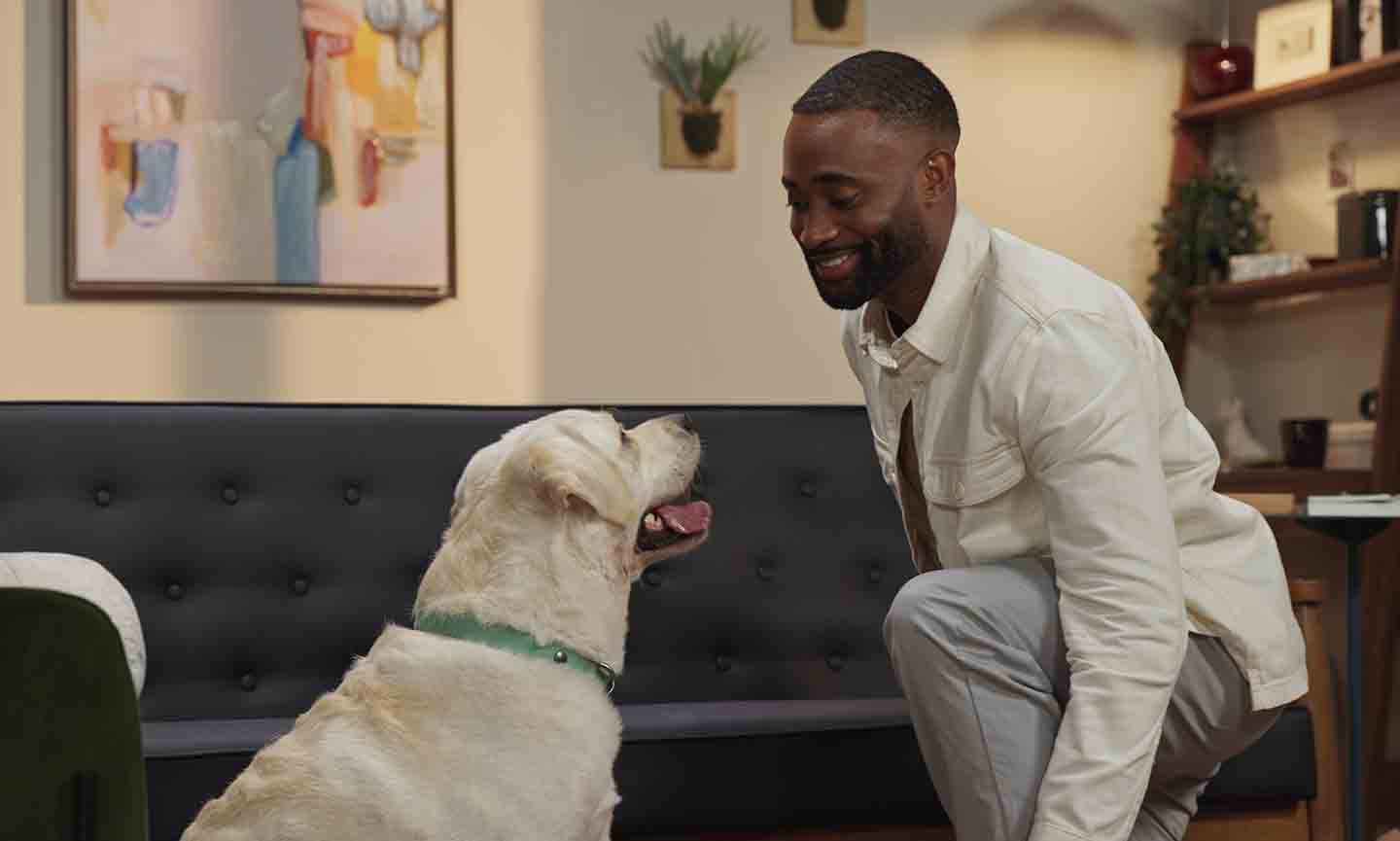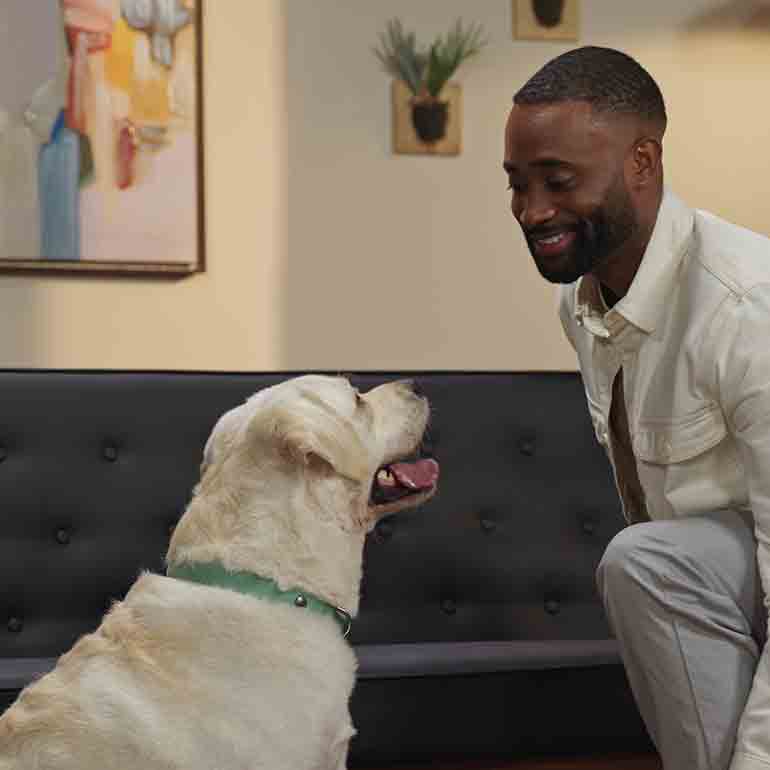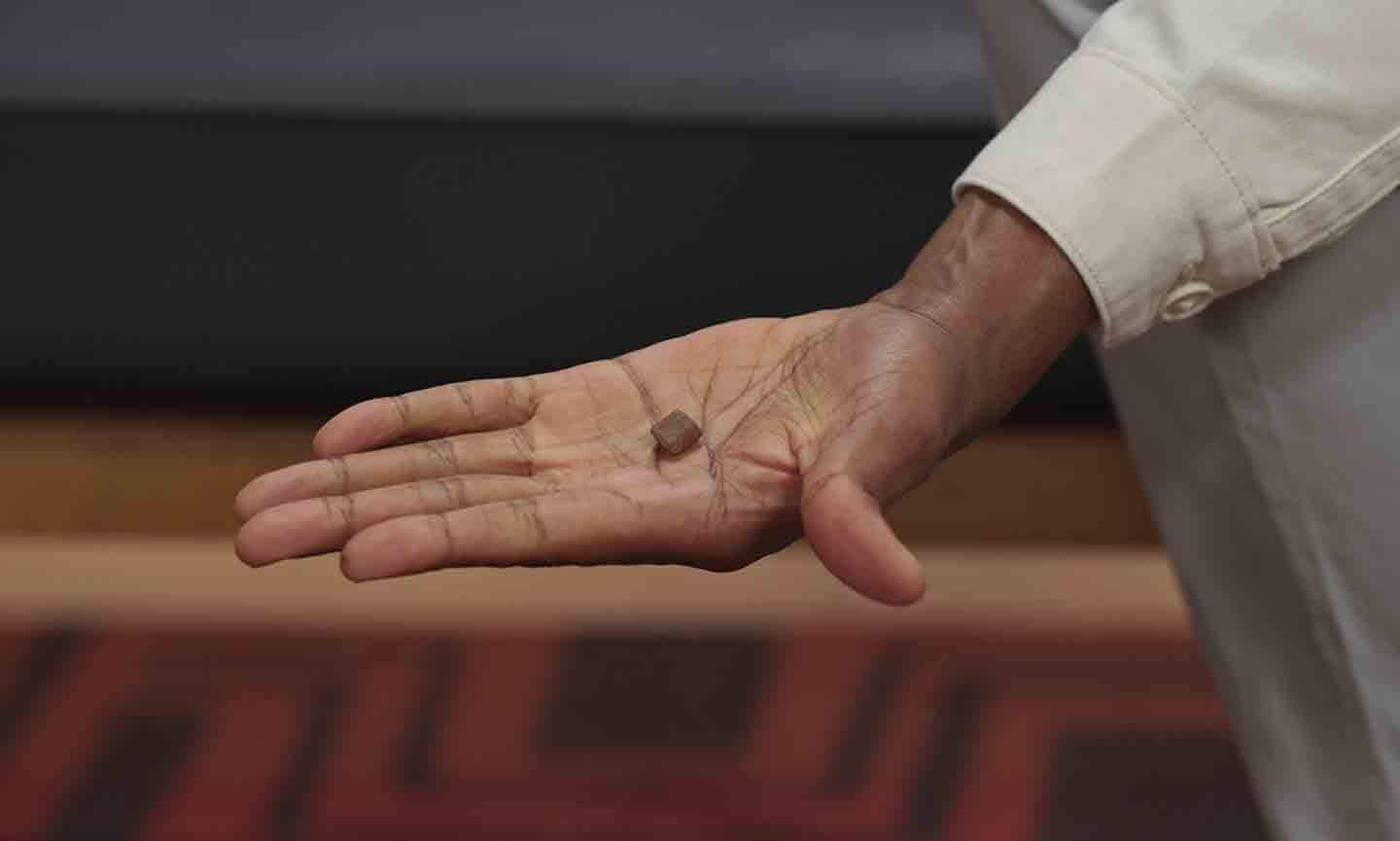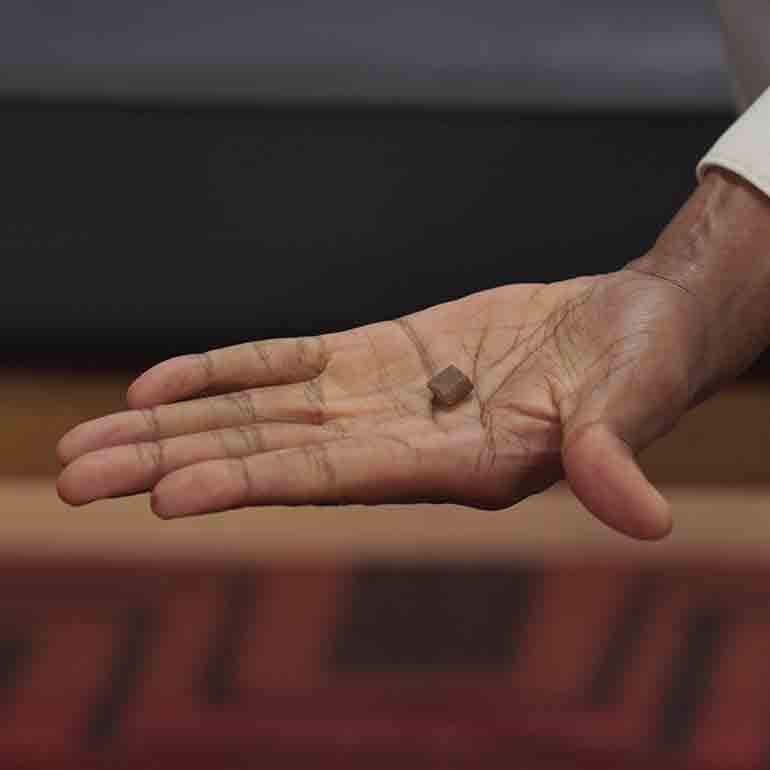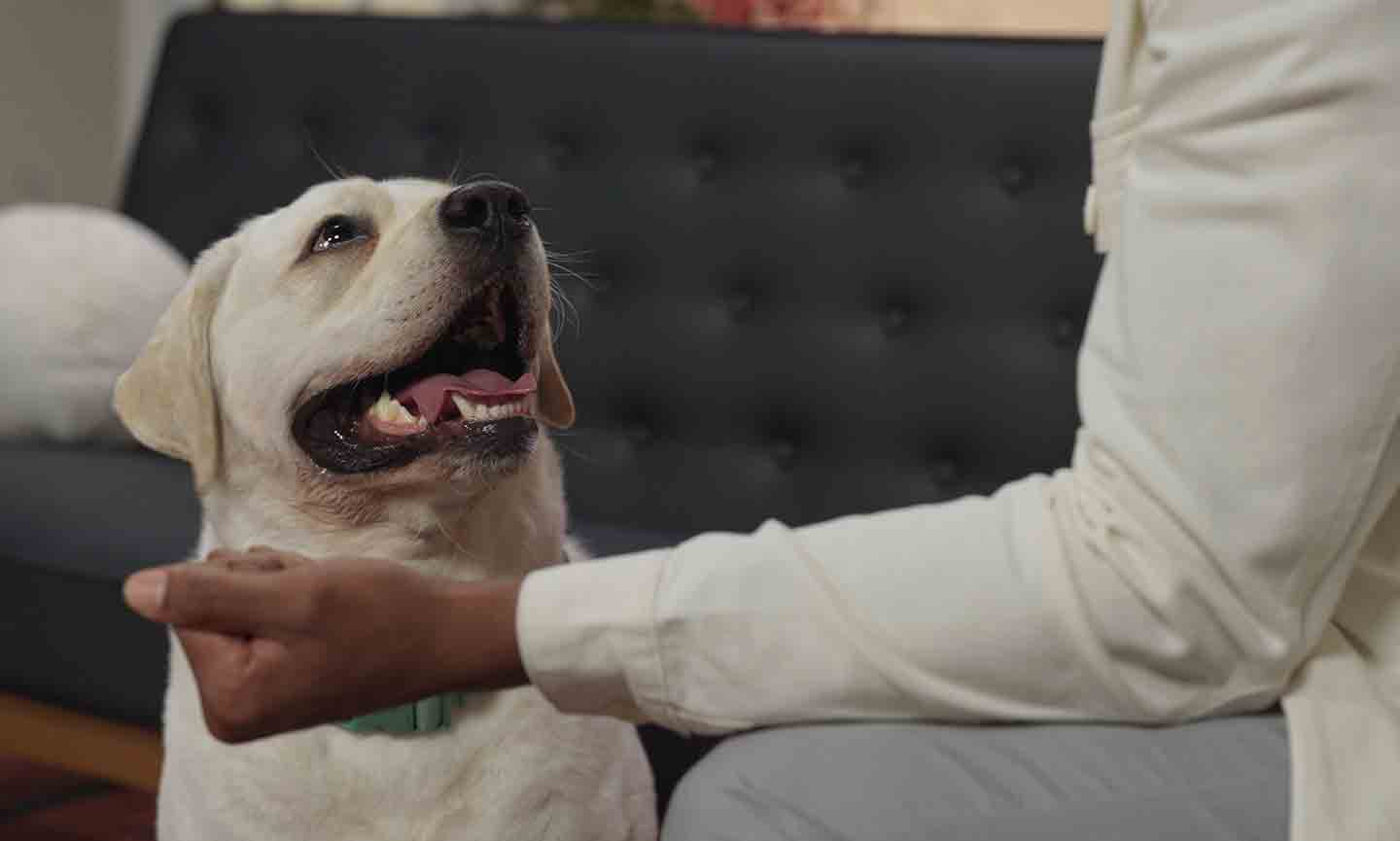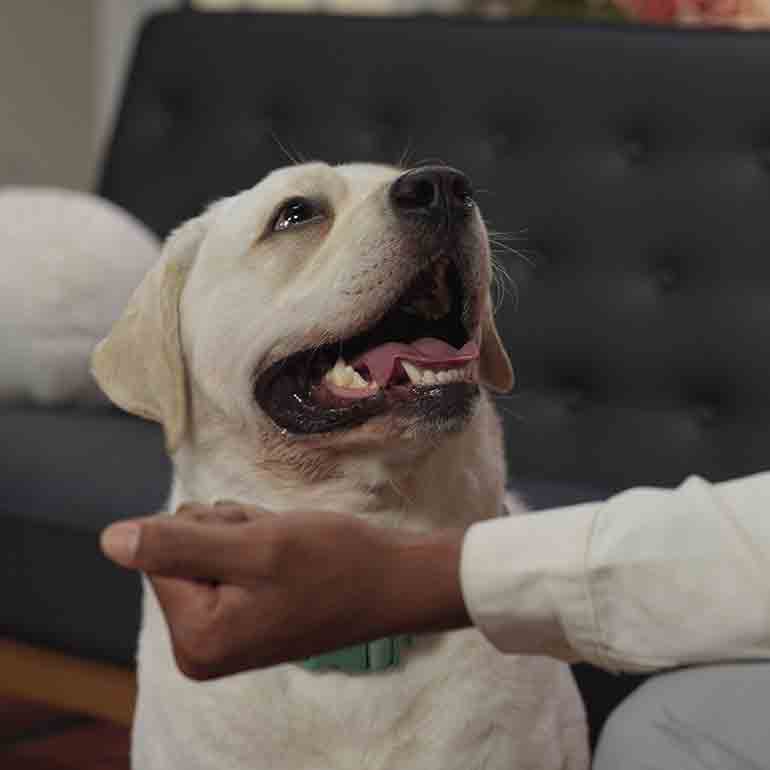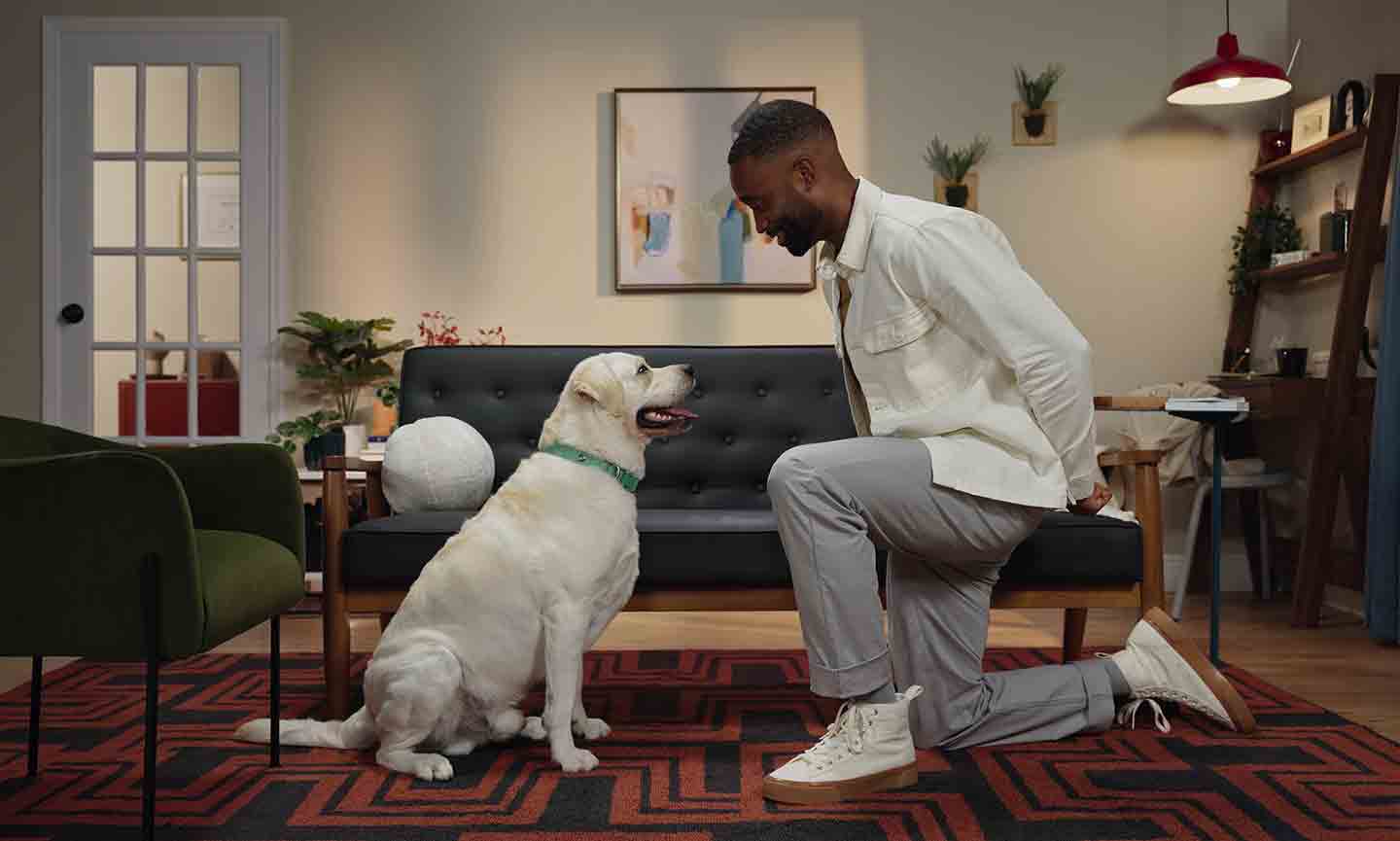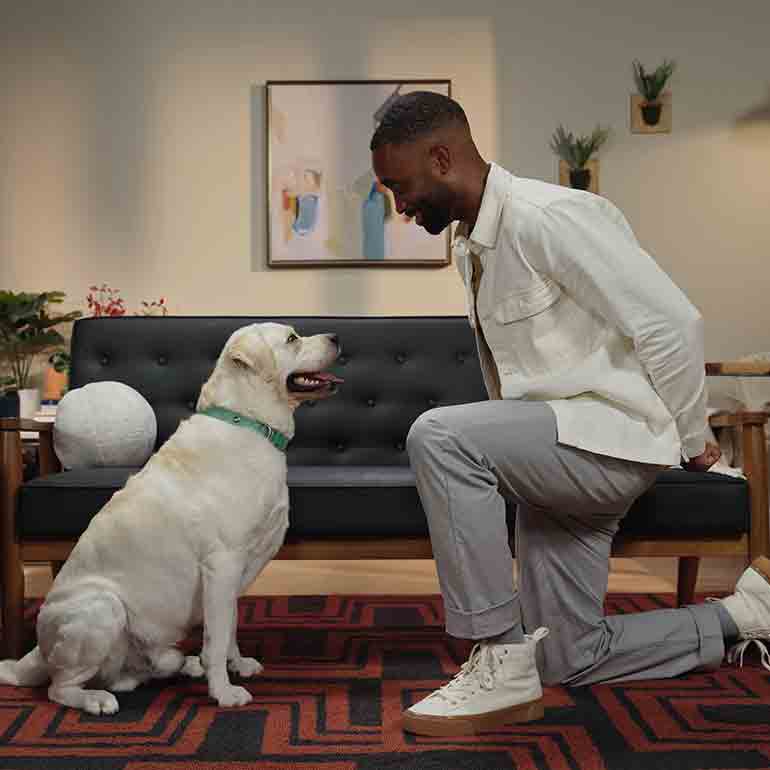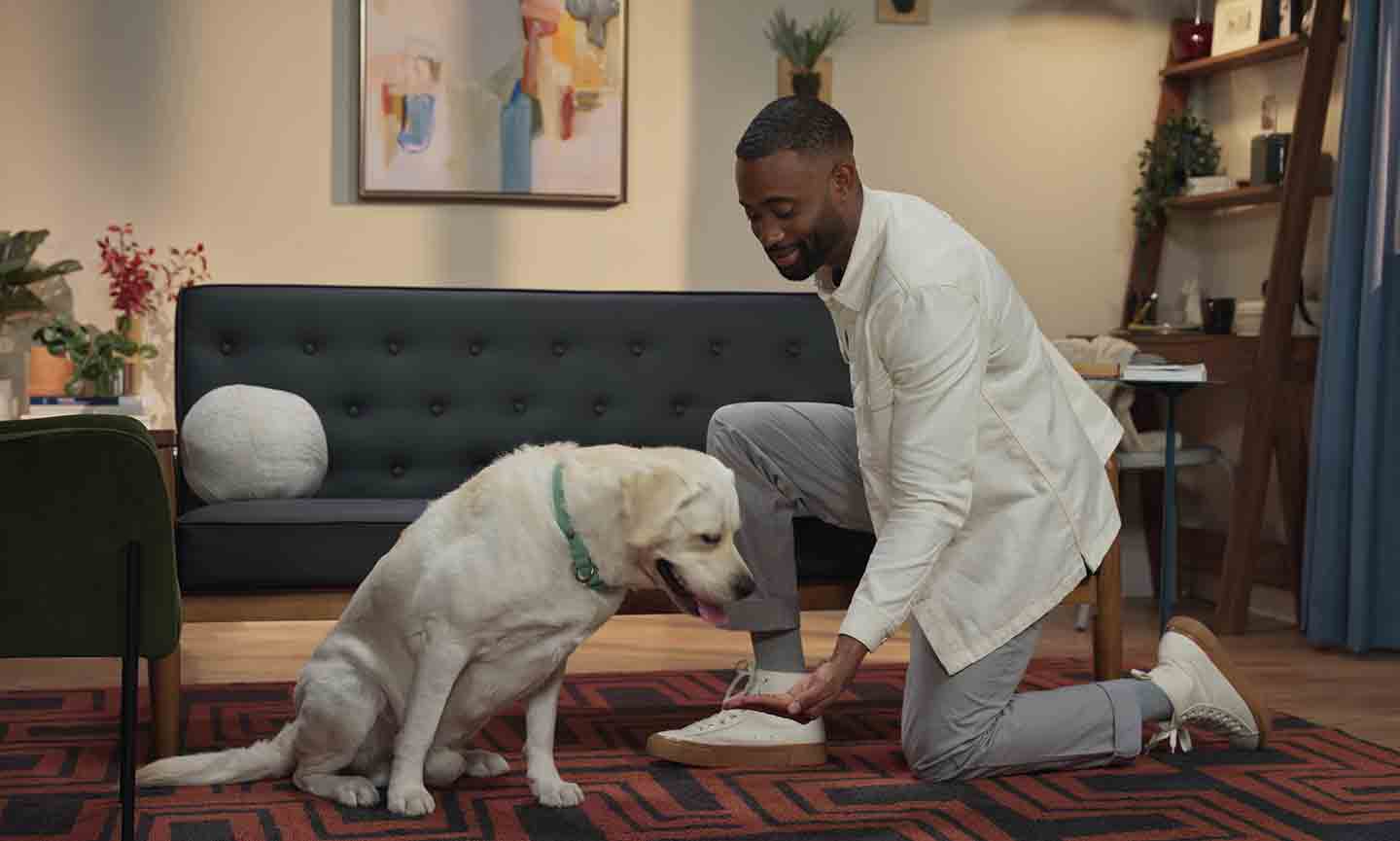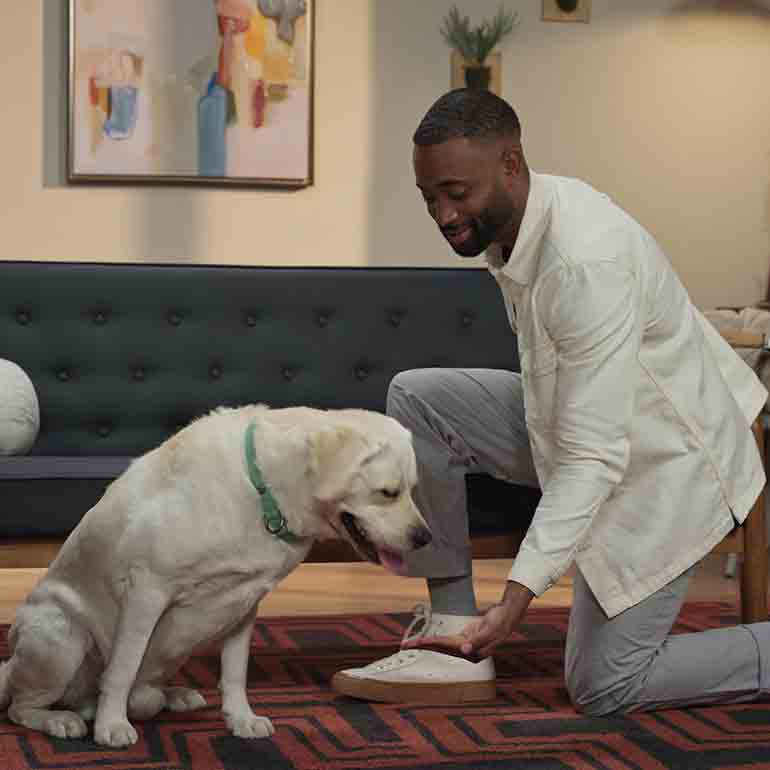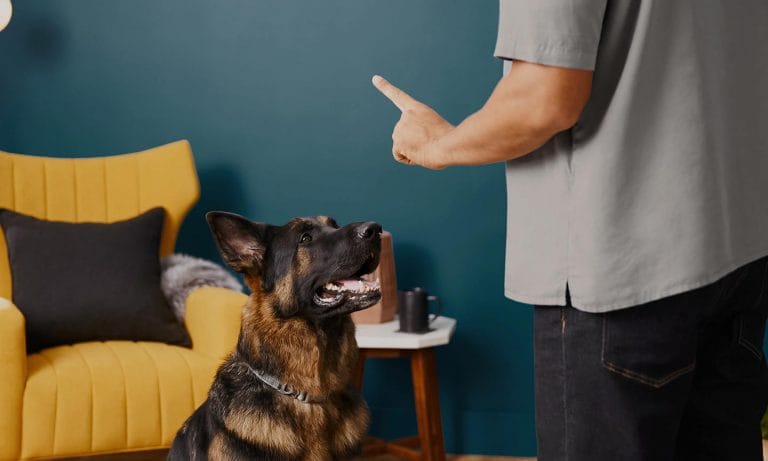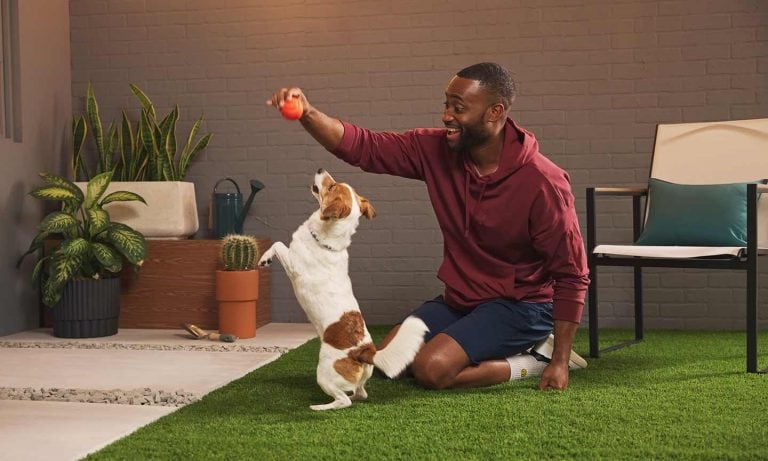What Is the Leave It Command?
The leave it command basically means “turn or move away from the thing you are looking at.”
This is different from “drop it,” which means “let go of what you have in your mouth.” “Leave it” is used to stop your dog from getting into the wrong thing in the first place, so it’s never in their mouth at all.
Leave it is also different from coming when called, since the dog doesn’t have to come to you; you’re just asking them to turn their attention away from something.
How To Teach a Dog To Leave It: A Step-By-Step Guide
My favorite way to teach leave it is with a quick two-stage process. First, I start by using positive reinforcement to encourage uncued (no command) eye contact. Then, I turn that eye contact into a leave it with a verbal cue.
Ready to teach your dog to leave it? Here are the steps:
1Gather Your Supplies
Grab 10 tasty treats the size of your thumbnail. The treats should be the size of your pinky nail, or smaller if the dog is very small. (Dog training treats typically come in smaller sizes and are great for, well, training just like this!)
Put your 10 treats in a treat pouch or pocket, or hold them behind your back.
2Wait for Your Dog To Look At You
Wait quietly until your dog looks up at your face. That means no cues, commands or kissy noises—just wait until they naturally look up at you. (Patience is key here.) Even a quick glance is good enough for now. The key here is for the dog to realize that looking at you earns treats, even when you didn’t give a cue.
The moment the dog looks at your face, praise them and feed your dog a treat.
3 Repeat Until All 10 Treats Are Gone
Repeat the above training until your dog reliably looks at you unprompted. Stage one, complete!
4 Introduce a Temptation
Now it’s time to add an enticing item to the routine—a temptation for them to practice ignoring.
Gather more treats. Standing upright, place a single treat in your hand (we’ll call this hand the “temptation hand”), and hold it out to the side with your arm fully extended, straight out from the shoulder. It’ll sort of look like you’re pointing to that side with a closed hand. Make sure your dog sees you do put the treat in your hand, so they’re looking at your temptation hand.
It’s important to hold the treat up and away from your dog, in a different way than you’d typically give your dog a treat. Otherwise, they might be confused and frustrated when you don’t give it to them!
5Wait for Your Dog To Look Away From the Temptation
Wait for your dog to look away from your temptation hand. This is similar to what you were doing in Step 2, when you waited for your dog to naturally look at your face. The only difference is that you are now holding something tempting.
Watch your pet carefully, and be patient. Your pet will likely look at your temptation hand for a while. Wait for your pet to look away from your hand—ideally at your face, but any look away from the treat is good enough to begin with.
If your pet starts jumping or lunging to get at the treat, put your hand behind your back for a moment, and then try again. If this happens repeatedly, take a break and resume training using a less exciting treat.
6Feed a Treat With Your Other Hand
As soon as your dog looks away from your temptation hand, praise (or click your clicker) and use your other hand—not your temptation hand—to feed your pet a treat. As you feed the treat, bring your temptation hand back to your side or put it behind your back.
If your dog looks at you without even glancing at your temptation hand first, praise and feed for that too. In other words, keep rewarding them for paying attention to you!
Do Steps 4, 5 and 6 in sequence for 10 more repetitions, and then take a break. Wait at least 30 minutes between training sessions.
7Add a Verbal Cue
When you are willing to bet $100 that your dog will look away from your temptation hand within three seconds, add a verbal cue. To do this, say “leave it” (or any other word or phrase you want to use to tell them to leave something alone) just before you put your arm out to the side. It’ll go like this:
- Say your “leave it” cue
- Hold your temptation hand straight out from your shoulder
- Wait for your dog to look at you
- When they do, praise and feed a treat from your other hand
After a dozen or so repetitions, your dog will start to look at you as soon as you say your “leave it” cue.
Alternative “Leave It” Cues
You don’t have to use the words “leave it” for this behavior. Here are some other options:
- Not yours
- Mine
- Icky
- Yuck
- Ewww
- This way
- Let it be
- Move along
- Keep going
8Keep Practicing
When your dog is reliably looking at you when you say your “leave it” cue, it’s time to make things harder. For example, you could put the treat on your open palm, or hold the temptation hand a little lower. Change things one at a time and in small increments only. If your dog can’t look to you with the new treat presentation, go back to something easier and build back up in even smaller steps.
Training Tips
- Try using something a low-value treat (such as kibble) as the temptation treat, and feeding a higher-value treat (like their absolute favorite snack) as the reward. This teaches the dog to expect to get something more exciting than what they left.
- If your dog won’t look away from the item you are holding, try a more boring “temptation,” such as a book.
- When there is a temptation around, the sooner you give the cue, the better. “Leave it” is about impulse control, and the stronger the impulse, the harder it is to control. In other words, if your dog is already interested in something, it’s more difficult for them to find the self-control to leave it alone—so give the cue early!
More Dog Training Tips
Share:
